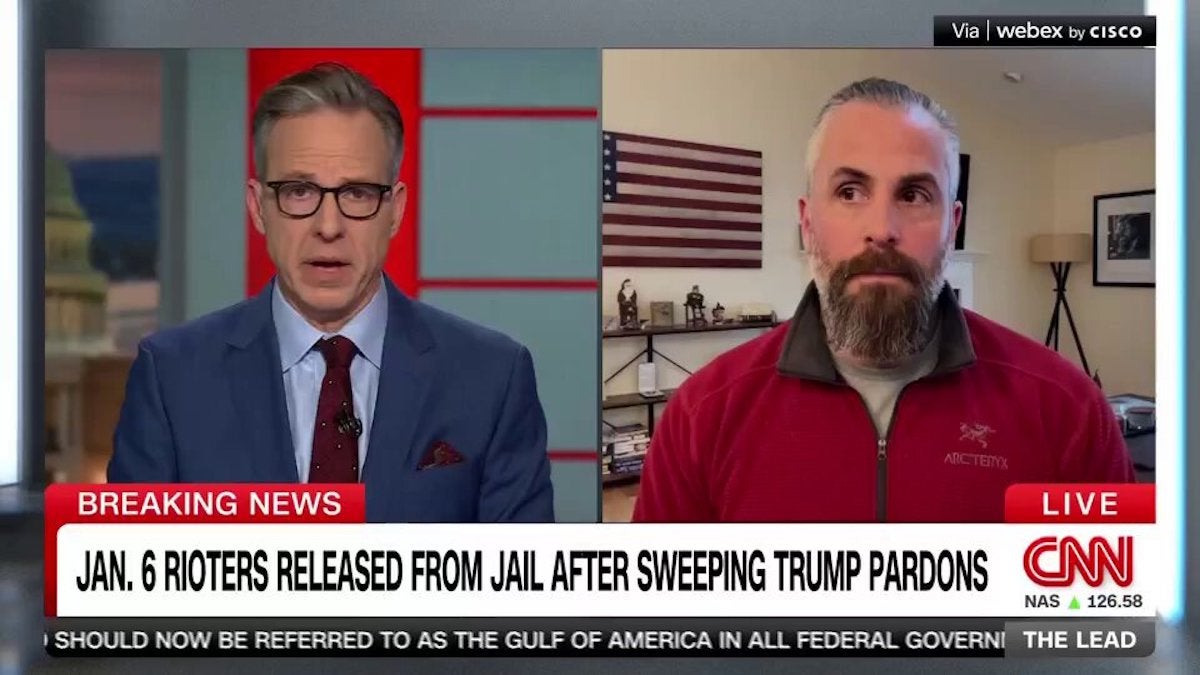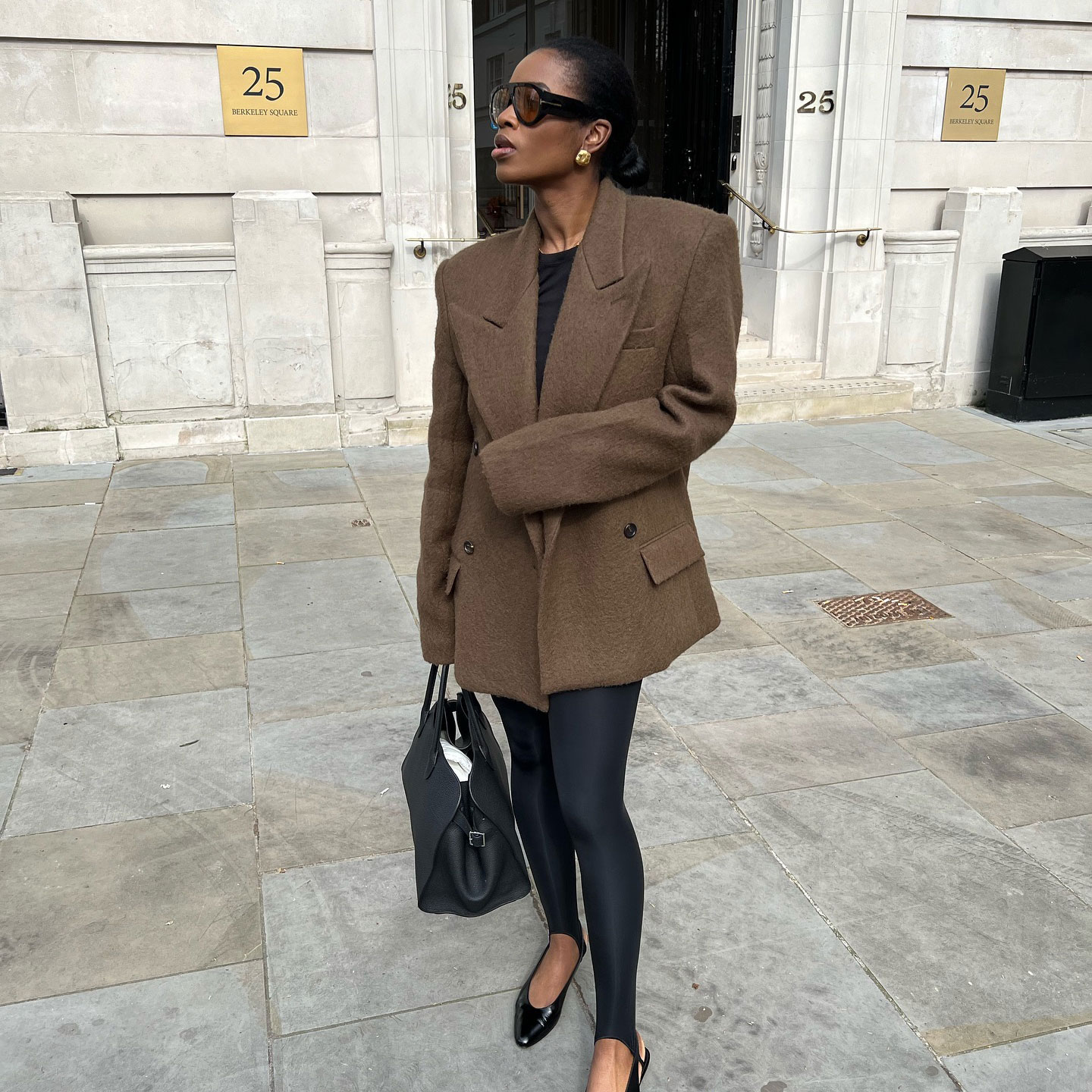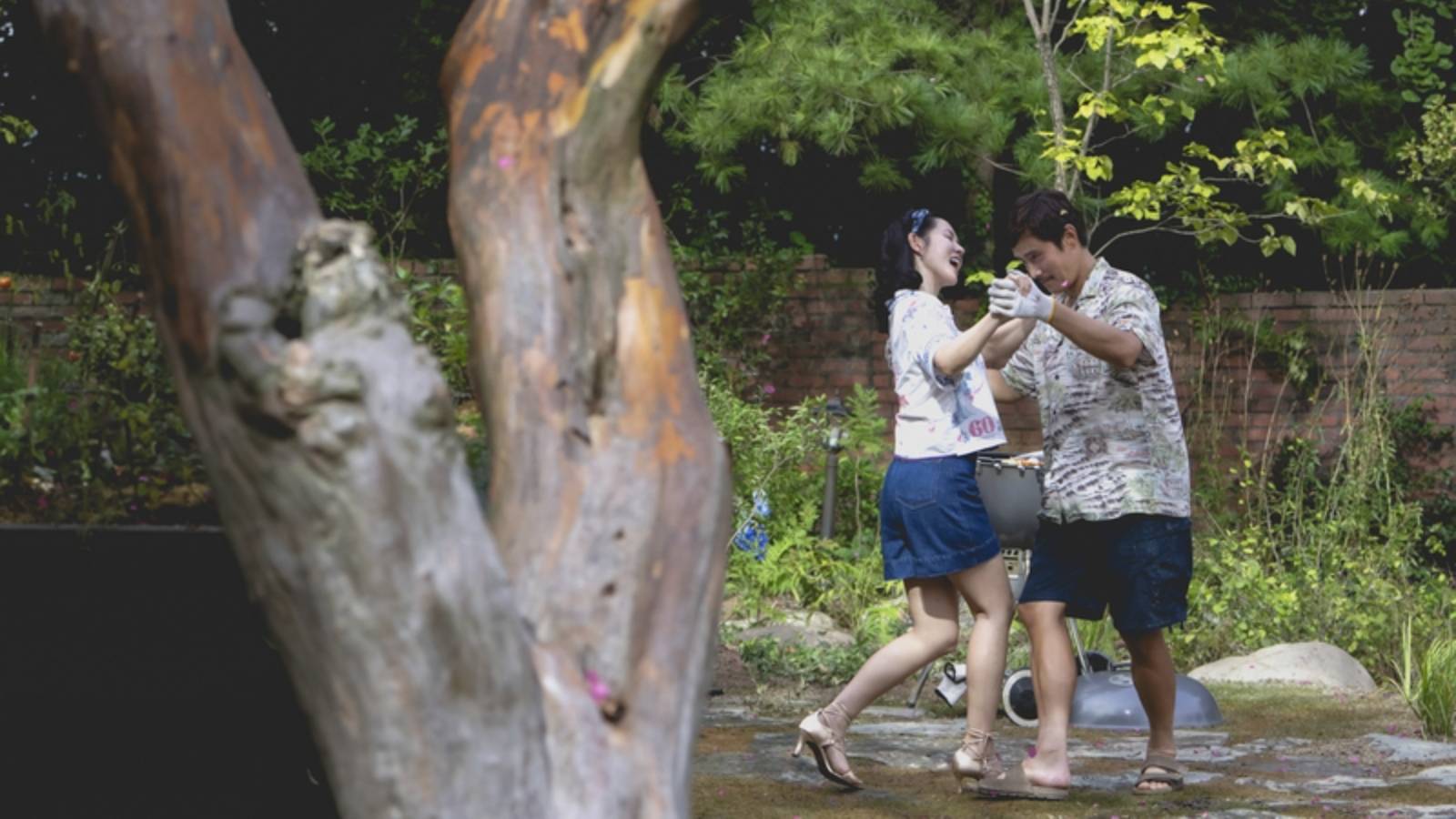Taming the Beast: Learning to Love ‘Werewolf of London’
The older I get the more I appreciate and connect with Werewolf of London. It is a movie that does not follow the established rules of werewolf movies because it was created in a time before those rules were written. Many, if not most, of the most notable and enduring films of the subgenre deal […] The post Taming the Beast: Learning to Love ‘Werewolf of London’ appeared first on Bloody Disgusting!.

The older I get the more I appreciate and connect with Werewolf of London. It is a movie that does not follow the established rules of werewolf movies because it was created in a time before those rules were written. Many, if not most, of the most notable and enduring films of the subgenre deal in externalizing the internal struggles of the young using the metaphor of the beast within. Most of these characters are breaking away from their parents and childhoods, seeking to make their own way in the world.
Though Larry Talbot in The Wolf Man (1941) appears in the mature body of Lon Chaney, Jr., he is in many ways an angsty teenager tormented by the conflicting feelings of simultaneously falling in love for the first time while part of himself that he cannot control wishes to ravage her and tear her to shreds in the process. It makes sense that An American Werewolf in London (1981) was written by John Landis when he was eighteen years old as it deals similarly with puberty, budding sexuality, and uncontrollable desires. Ginger Snaps (2000) took similar ideas and finally applied them to a uniquely female perspective.
This is not really the case with Werewolf of London, though. Instead, it centers around a successful adult, deeply entrenched in the world he inhabits, who finds himself changing in a way that has seismic ramifications for his comfortable, long-established life and routines. In other words, rather than a puberty film, it is a dealing with adulthood film and what happens when the world is turned upside down.
Werewolf of London is usually spoken of as little more than Universal’s unsuccessful first draft of The Wolf Man. There is some truth to this as it was a box office disappointment in its day, a polite way of saying a flop, though it did receive generally positive critical notices at the time. In reality, it fits in rather well with many of the films in the later years of the first wave of Universal Monster movies. It may not contain the directorial je ne sais quoi of the James Whale, Edgar G. Ulmer, or even Robert Florey films, but it is a film of humor, style, elegance, and innovation, largely due to the screenplay by John Colton, performances by seasoned actors, and the ingenuity of its behind-the-scenes players.

By the mid-30s, dark humor had crept into the films, most notably in The Invisible Man (1933), The Black Cat (1934) in which the humor borders on sadistic, and Bride of Frankenstein (1935)—the crown jewel of the entire Universal Monsters cycle. Attempts at that kind of humor are very present in Werewolf with a great deal of it seemingly directly inspired by The Invisible Man. One of the most notable sequences of the film takes place at an inn with its hard-drinking proprietors Mrs. Whack (Ethel Granville) and Mrs. Moncaster (Zeffie Tilbury) getting drunk and spying on the titular werewolf of the story Dr. Wilfred Glendon, played by Broadway star Henry Hull. Ettie Coombes (Spring Byington) provides much of the comic relief in the early part of the film with her clear amusement with Glendon’s carnivorous plants as she simultaneously feigns disgust.
One of the main criticisms brought to Werewolf of London over the years is why Universal chose to pit Henry Hull against Warner Oland rather than reteam Karloff and Lugosi, by far the biggest horror stars of the era. It’s a worthy question and might have made for a more successful film.
As far back as 1932, Karloff was to star as a werewolf in a film called “The Wolf Man” though that version was obviously never made. Lugosi was announced in late 1934 to be starring in Werewolf of London along with Hull, but this also never materialized as a change in director, producer, and screenwriter all occurred before the film was finally cast. It was set before the cameras with Hull, Oland, Valerie Hobson fresh off Bride of Frankenstein as Glendon’s wife Lisa and Lester Matthews as Glendon’s rival Paul Ames. Karloff and Lugosi did team up that same year, however, for The Raven.
Though Jack Pierce’s makeup for Hull was originally more along the lines of what he would eventually use in The Wolf Man, the filmmakers opted for a more minimal look as to not obscure the star’s face too much. The final makeup is certainly not as iconic as the Chaney look but remains an effective makeup and I may be in the minority here, but I believe the transformations in Werewolf of London top those of its more famous cousin. The first is the best known, a tracking shot in which we see Glendon transform more and more as he passes pillars, and is emblematic of the film’s innovative use of combining makeup and visual effects. In most of the later Universal werewolf films, lap dissolves are used to transform a stationary actor, usually Lon Chaney, Jr. The lap dissolves are still present here but are combined with movement by the camera and the actor. Though the use of process shots and opticals is clear to modern eyes, the illusion of transformation is greatly enhanced when combined with something as simple as these movements.

The true strength of the film, however, is the script. Like Curt Siodmak for The Wolf Man, John Colton had a great deal of leeway available to him to create a lore for the werewolf film. Most werewolf folklore was sparse with few defined “rules” and the smattering of films made before 1935 usually had a psychological rather than supernatural explanation. Really the only familiar werewolf elements in Werewolf of London are a man who becomes part beast and the full moon. Just about everything else is unique to this specific telling. There is a different approach to transformation than most werewolf films in that Glendon retains his consciousness when he changes. As Yogami tells him, “the werewolf is neither man nor wolf but a satanic creature, with the worst qualities of both.” So, Glendon is something of a Jekyll and Hyde character yielding to the basest elements of human nature. According to a book Glendon studies “the werewolf must kill at least one human being each night of the full moon or become permanently afflicted.” The mariphasa works as a kind of antidote to lycanthropy and can be used to keep the transformation at bay, but it is not a cure. Yogami also warns that “the werewolf instinctively seeks to kill the thing it loves best,” ostensibly in Glendon’s case, his wife Lisa, though the film itself calls this into question.
Not only does the screenplay at least attempt to supply the wit and humor of the Whale films, and often succeeds, it layers in theme and subtext that make it profoundly relevant then and now. Like Bride of Frankenstein the same year, there is a clear queer subtext to the film that I, as a straight, cis male, feel very unequipped to discuss meaningfully, but I will make just a few comments. The attraction between Glendon and Yogami is clear. Upon meeting at his home, Yogami tells Glendon that they have met before “in the dark,” implying the secret nature of their relationship, as though they are both closeted gay men. “Lycanthrophobia” as Yogami calls their condition, is a shared secret between the two men who struggle to fit into the high society circles that they often must deal in. It is also clear that Glendon has very little interest in his wife Lisa, though he does love her deeply. As the film goes on and his transformations take hold, he practically pushes her into the arms of her former fiancé Paul Ames as he goes about his work.
As compelling as this subtext is, my own attachment to the film has to do with a very universal issue—turning forty. For many, myself included, something about that number makes people go a little crazy. The underlying fear is the thought “I have lived half my life and what do I have to show for it?” and related to that “There are so many things I thought I would have accomplished by now.” This is really where the film begins, with Glendon finding the fabled mariphasa lupina lumina flower in Tibet that responds to the light of the moon rather than the sun. Star Trek fans will recognize “Tibet” in this film as the Vasquez Rocks in Southern California, where Captain Kirk faced off against the Gorn in the episode “Arena.” His finding of the flower seems to indicate a culmination, but instead it triggers a huge life change as he is bitten by a werewolf on the arm. When he returns home, he throws himself into his research of the mariphasa, ignoring practically everything else in his life including his wife and friends. His work becomes his mistress, demanding every ounce of his energy.

For me, my discovery that became an obsession was fitness. I spent hours at the gym, calculated my food intake with almost neurotic precision, and became intent on transforming my body to the detriment of practically everything else. Now, moderation in all this would have been a good thing, but I really went down the rabbit hole. Perhaps worst of all, I found myself doing it because I was trying to impress people, or rather a specific person, rather than for the benefit of better health. In the beginning, I intended to improve my health to increase my ability to do things with my family, be a more energetic teacher, and increase my chances of living a long and robust life. Ironically, all of that suffered because of my self-centered motivations. Like Glendon, I became increasingly isolated without even realizing it and when things didn’t go as planned, I could become downright beastly, transforming into something I eventually realized I didn’t much like.
Being well past that particular stage of my life, I am happy to say, I can view it with clear eyes. Fortunately for me, relationships have been mended and are in fact better than ever. I discovered balance in regards to health and fitness, reaping the positives of focus while steering far clear of obsessive behaviors, minimizing the negatives that were harmful to myself and others. I discovered new avenues of expression, the greatest being a newfound love of writing which has yielded many rewards and an unexpected new outlet. So, in a way, if you’re reading this, you have been part of this renewed and vastly improved outlook on life. In other words, I was able to tame the beast. Werewolf of London is the tragedy of a man who could not find a way to do that. Perhaps there is a beast within us all. Something that seeks to destroy all that we love. It demands isolation and secrecy. The antidote, its mariphasa, is connection and truth.
In Bride of Frankenstein, Dr. Pretorius, played by the inimitable Ernest Thesiger, raises his glass and proposes a toast to Colin Clive’s Henry Frankenstein—“to a new world of Gods and Monsters.” I invite you to join me in exploring this world, focusing on horror films from the dawn of the Universal Monster movies in 1931 to the collapse of the studio system and the rise of the new Hollywood rebels in the late 1960’s. With this period as our focus, and occasional ventures beyond, we will explore this magnificent world of classic horror. So, I raise my glass to you and invite you to join me in the toast.
The post Taming the Beast: Learning to Love ‘Werewolf of London’ appeared first on Bloody Disgusting!.
What's Your Reaction?



















































































